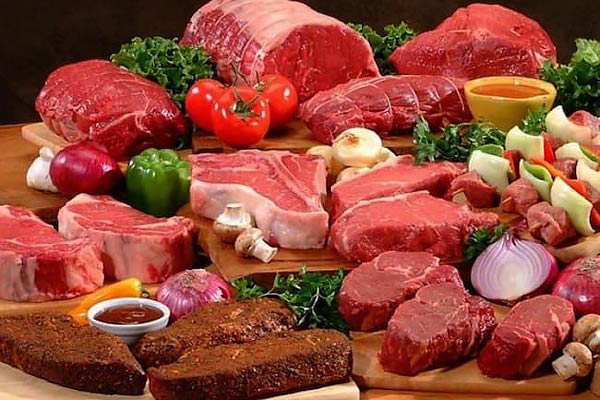Introduction
Meat, as a primary source of protein, plays a significant role in human nutrition and is consumed worldwide for its nutritional, cultural, and economic value. Proteins in meat, comprising essential amino acids, are crucial for building and repairing body tissues. This article will examine the various types of meat, their nutritional properties, production processes, and the global market dynamics.
Types of Meat and Their Nutritional Properties
Meats are categorized based on their source into different types:
1. Red Meat: Such as beef and lamb, rich in iron, zinc, and B vitamins.
2. White Meat: Such as chicken and turkey, which are lower in fat and a good source of high-quality protein.
3. Seafood: Includes fish and shellfish, high in omega-3 fatty acids and other essential nutrients.
Meat Production Processes
The production of meat involves several stages from livestock farming to final processing:
1. Raising: Involves the care and feeding of animals under controlled conditions to produce quality meat.
2. Slaughtering and Processing: Animals are slaughtered and meat is processed in a sanitary manner, adhering to industry standards.
3. Packaging and Storage: Meat is packaged in sterile conditions and stored at appropriate temperatures to maintain its quality.
Meat Exports
Meat exports, a significant segment of the global food market, create substantial opportunities for producers. Major meat-producing countries like Brazil and Australia play a significant role in the global market, exporting to countries that need to import meat.
Market Opportunities and Challenges
Opportunities:
– Increasing Demand for Quality Meat: Consumers are increasingly seeking products with higher standards.
– Development of New Markets: Export opportunities to developing countries looking to secure protein sources.
Challenges:
– Environmental and Ethical Issues: The impact of livestock farming on the environment and concerns about animal welfare.
– Price Fluctuations: Changes in global market prices can affect exports.
Conclusion
Meat and proteins, as essential nutritional resources, continue to be at the forefront of the food industry and global markets. With proper resource management and by addressing market needs and social and environmental responsibilities, producers can achieve significant advancements in this field.

